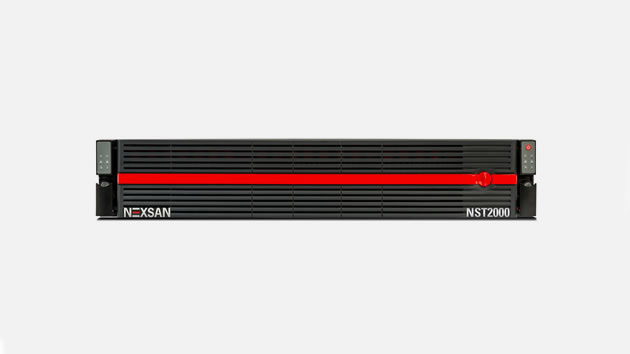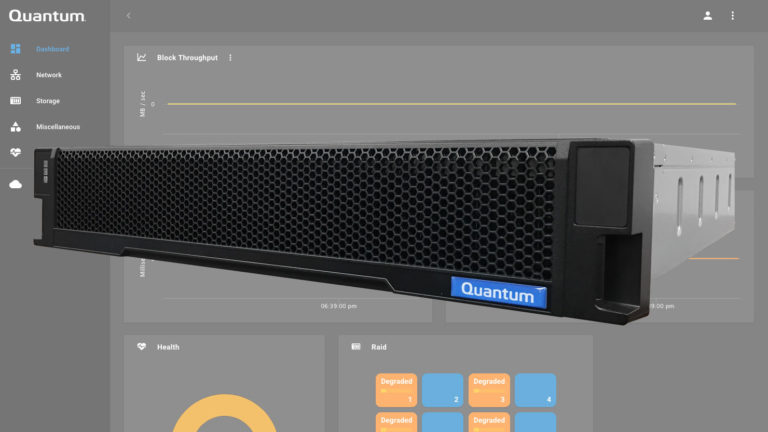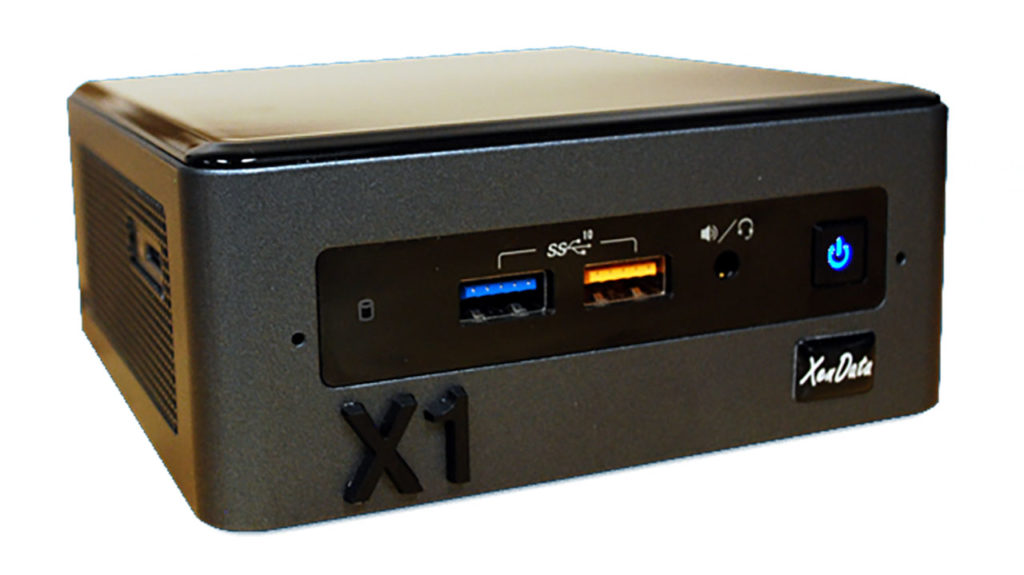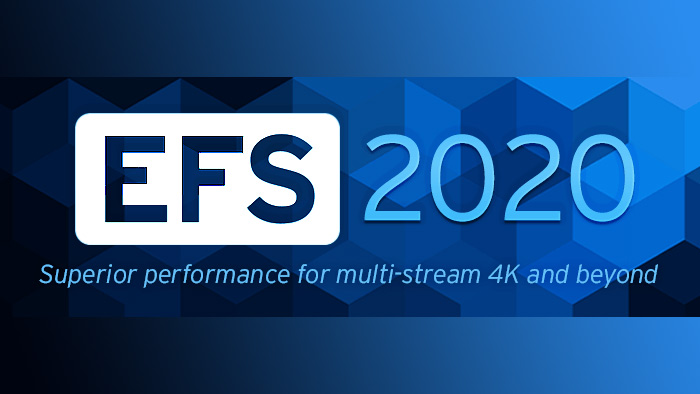Imation made a serious play for the media and entertainment market earlier this year, when it announced that its new Nexsan NST2000 would begin shipping at the NAB Show in Las Vegas. The NST2000 is "purpose built" for customers in the media industry, meaning it supports heavy-duty collaborative workflow with data protection features and high-performance hybrid storage. We asked Eric Lomascolo, the company's director of solutions marketing, to answer some broad-ranging questions about how Imation's products are being used in this industry, and what makes a sound solution for content creators, from 4K performance to security issues and making use of cloud capacity.
Q: We're facing down some serious changes in the content creation market. The move to 4K means higher bandwidth requirements that require increased performance from primary storage tiers. It also means larger files and higher capacity requirements for storage overall. How are your customers balancing their need for high performance and high capacity?
A: It all starts with the architecture the customer chooses. More and more, M&E systems need to be able to scale performance and capacity in a linear fashion according to application needs – whether that’s together at the same time or independent of one another. For a majority of M&E applications, the chosen architectures have to be flexible in their use of media types (i.e. SSD for performance or HDD for capacity) and must be specifically tuned to support sequential access, as opposed to just generating the highest random IOPS. So if customers choose a system with this flexibility and scalability, that will serve their content creation application needs well. This architectural flexibility means that our customers can adjust to changing application needs on the fly with minimal additional expense.
Q: Your big product introduction for the media and entertainment market at NAB this year was the NST2000, part of a line of appliances that support both SAN and NAS access. Tell us about how that category of products is being used by content-creation customers.
A: The NST2000 is ideal storage for an entire workflow, from asset creation all the way to distribution, but it’s especially being used for assets that are going through the final stage of post-production and into distribution. For example, NST can support final animation, SFX or titling work and then move directly to transcoding, publishing and distribution all within the same storage system. In partnership with our other NST models, the NST2000 also enables customer infrastructures tremendous flexibility in mixed application environments in terms of system capacity and performance. In addition, our E-Series solutions also often are deployed at the front end of workflows where high, sustained post-production performance is desired.
Q: What are some of the security concerns for customers working with high-value media? Do they affect the efficiency of overall storage architecture?
A: Security is an issue for all M&E applications, whether it’s finished media or works in progress, raw or produced video, scripts, other supporting assets, etc. Lots of people think it’s only about the finished work, but it’s really about all aspects of the process — assets can be vulnerable to inside and outside threats at all stages of a workflow. A well-designed security architecture and implementation shouldn’t be a burden on overall system efficiency, performance or scalability. That said, it can become a problem if security at storage hasn't been considered as part of the architecture from the start.
Q: Where does the cloud fit into all this? How can media and entertainment customers take advantage of opportunities in cloud computing alongside their on-premises storage systems?
A: Cloud absolutely fits into media and entertainment environments; we’ve seen it as a good supplemental solution for short-term project requirements, especially for work that is smaller and more elastic in its demand from month to month. The challenge with cloud storage is that it doesn’t economically provide the high capacity and throughput that many applications require, so it’s not a viable option for primary M&E storage in many environments. This is not a question about cloud performance or capacity scaling, but rather the practical nature of moving large capacity assets to and from these cloud-based solutions. On-premises storage systems are critical to supporting these higher-resolution creative content needs adequately and cost-efficiently.
Did you enjoy this article? Sign up to receive the StudioDaily Fix eletter containing the latest stories, including news, videos, interviews, reviews and more.











Leave a Reply